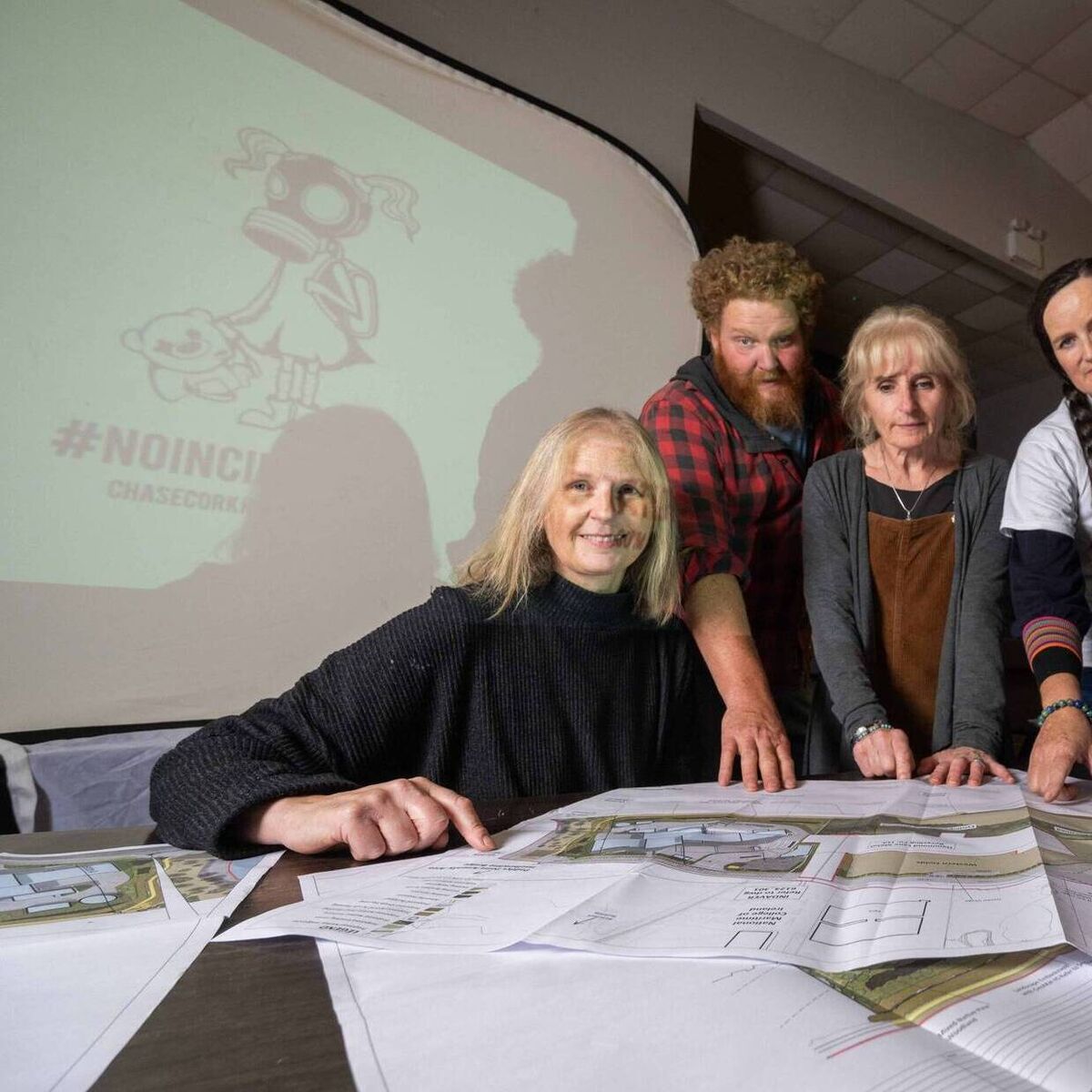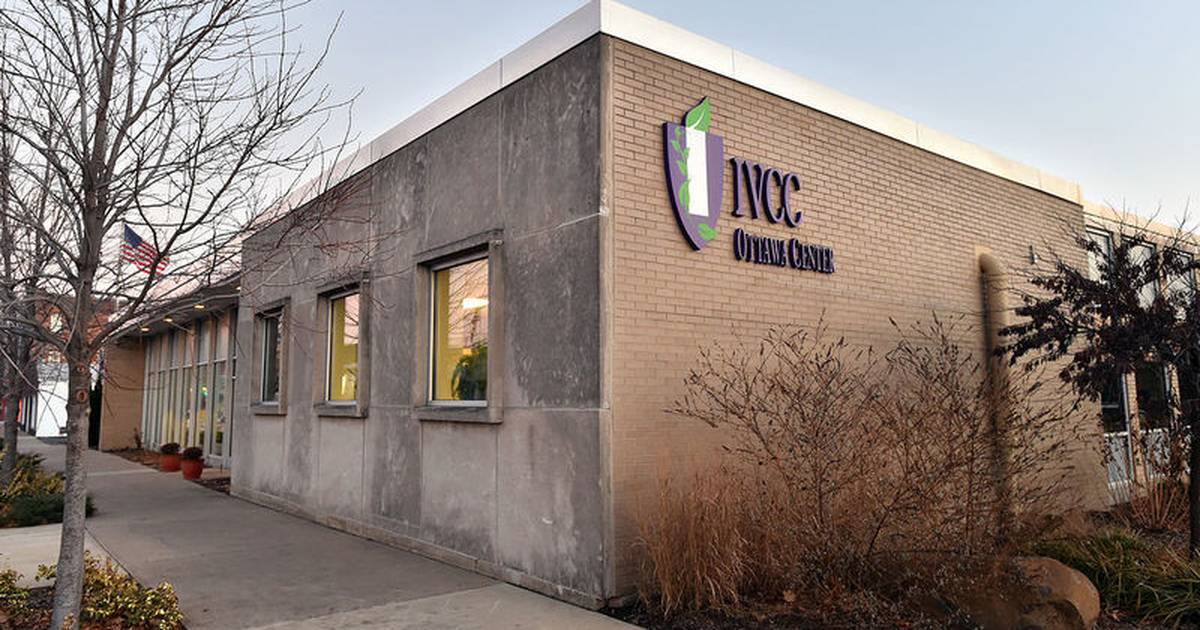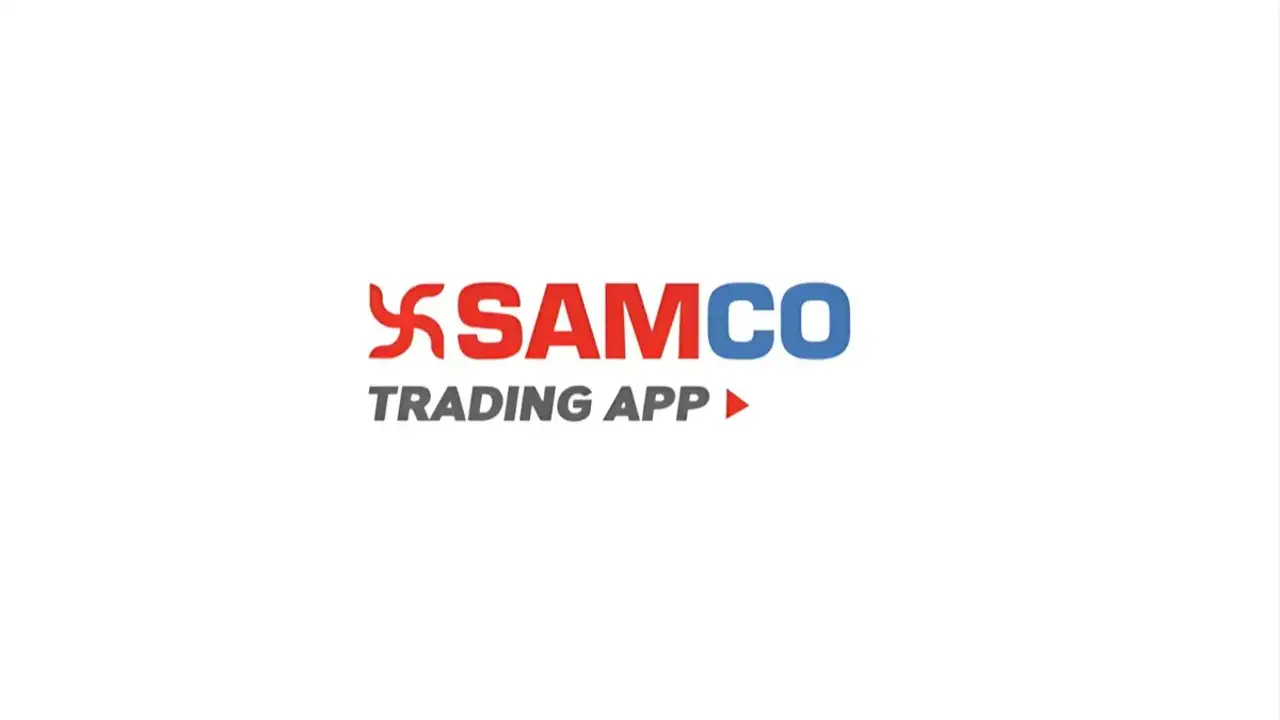Copyright irishexaminer

Groups from all sides of the harbour — Carrigaline, Monkstown and Passage, Cobh, Ringaskiddy, East Cork and Cork city — had sprung up organically but decided to pool resources and create a united voice, while still working locally on the ground. Different groups had different strengths, history and skill sets, and CHASE simply became the umbrella structure enabling them to work together. Who is involved and how much support is there? As a grass-roots movement, support is measured through public action rather than subscription numbers. There were 38,000 objections submitted to the first application in 2001. Each time the proposal has resurfaced, communities around the harbour have again organised, raised funds, taken part in oral hearings and as necessary, High Court actions. These are demanding processes, financially and personally. The fact that people continue to step forward 20 years later is itself the strongest indication of sustained public support. Has CHASE been active the whole time? Yes. CHASE has been active continuously since 2001. CHASE is a single-issue group, run entirely by volunteers, focused specifically on the Ringaskiddy incinerator proposal. People involved do not need to agree on every issue, or even on why they oppose it. Some are concerned about health, others about amenity, tourism, heritage or long-term development. The common thread is a shared vision of a harbour without an incinerator on that shoreline. Why is it still active? The proposal has had three applications (2001, 2009 and 2016), along with multiple court challenges. At each of the three Bord Pleanála Oral Hearings, the Bord Pleanála inspector recommended refusal, citing issues such as site being fundamentally too small, the visual impact on the harbour as an amenity, risks of coastal erosion and shoreline instability, and serious concerns about evacuation and emergency response affecting the Naval Base and the NMCI. Despite all inspectors recommending refusal, planning was granted in 2001, refused in 2009 and granted again in 2016, with each decision ending up at the High Court. Most recently in 2021, CHASE won a High Court case on the grounds of objective bias in the decision-making process. Permission was quashed but the application was remitted back to An Bord Pleanála, and Indaver submitted a large volume of updated information, which is the information currently under public review and in front of us now, on a super condensed timeline. How has the harbour changed since 2001? The area on all sides of the proposed site has changed dramatically since that initial application in 2001. What was in 2001 undeveloped or legacy industrial land is now at the centre of major public investment in education, maritime training, research, defence, amenity and tourism, including: • National Maritime College of Ireland — €60 million investment (opened 2006) • MaREI Marine & Energy Research Centre — €29 million investment (opened 2013) • Haulbowline Naval Base — €12 million in jetty upgrades and approximately €35 million in ongoing masterplan projects • Haulbowline East Tip Park — €25 million remediation and redevelopment, now a significant public amenity • Spike Island — €6.5 million investment by Cork County Council and Fáilte Ireland, opened as a major heritage attraction in 2016 • Cruise tourism through Cobh — estimated annual economic value of €17 million to the region • Camden Fort Meagher — redeveloped as a tourism and cultural visitor centre These investments reflect a deliberate shift in the harbour toward education, research, heritage and world-class tourism experiences, funded by public money, backed by plans and most recently by Failte Ireland plans to make this area part of 'World Class Harbour Experiences'. The proposed incinerator would stick out like a sore thumb, visually and strategically conflicting with this direction, sitting at the heart of a publicly funded coastal development corridor. Isn't waste treatment necessary? Could this proposal work at a smaller scale? Yes, waste must be managed. But this proposal is a waste-to-energy incinerator designed to operate for at least 30 years, requiring a constant, high volume of waste to remain commercially viable. Smaller or 'reduced scale' incinerators do not work economically. The EU Circular Economy framework advises against expanding incineration capacity because it locks in long-term burning of materials that could otherwise be reused. Ireland already has two commercial incinerators (Meath and Poolbeg). This is not about refusing waste solutions. It is about land use. This shoreline is now a nationally significant education, research and tourism zone, and the site has been consistently identified as unsuitable for an incinerator. Are there health concerns? Health is a genuine concern, not helped by legacy high cancer rates in certain areas around Cork Harbour. Cork harbour topography creates a 'basin' due to thermal inversion in which everything sits at a low level and can't escape. The Plume Plotter on our website shows how far emissions travel across the harbour in real time. Current EU limits are based on what technology can detect, not what the human body can safely tolerate. When mixed waste is burned, many post-combustion chemicals are not identified, and ultra-fine particles (PM0.1) pass through filters undetected. At the 2016 Oral Hearing, toxicologist Professor Vyvyan Howard noted that chronic low-dose exposure to these ultra-fine particles can reduce life expectancy, and that standard filtration systems cannot prevent them entering the air. What is your next step? Submissions on the new information must be made by November 17. The key focus at this stage is simply encouraging people to make a submission. There's a lot of information and we've had just six weeks to review it, but it's critical to make these submissions and ensure that our voices are heard. The main thing we want people to remember is that this area is used by our community. And that use is needed. And we need to fight for it. indaver.com chasecorkharbour.com



